For decades, educators, parents, and employers have only thought of dyslexia as a learning challenge that makes it more difficult for children to learn how to read. With evolving research, however, teachers and parents understand more about how the dyslexic brain works and how to teach dyslexic students more effectively. Improved education and targeted support help dyslexic individuals recognize their strengths and use their natural skills and talents to their advantage in school and into the working world. Read below to learn more about the value of dyslexic thinking with ReadSource and our partner, Made By Dyslexia.
How Educators Can Support Dyslexic Students
Now that research has provided indisputable evidence about the reality of dyslexia and the science behind it, educators can focus on the best strategies to support dyslexic students in and out of the classroom. As approximately 20% of students have dyslexia, teachers in nearly every educational environment are interacting with dyslexic students. Additionally, teaching strategies for dyslexic students have been known to help non-dyslexic students as well. These versatile and widely beneficial lessons allow teachers to support all of the students in their classroom, while making sure dyslexic students get the instruction they need. With the right support and training, teachers can spot the strengths and challenges of dyslexic individuals, plan lessons that benefit all students in the classroom, offer support that builds resilience and confidence, and help dyslexic children prepare for success.
The Impact of Technology and Dyslexia
As many educational environments are simply not set up for dyslexic students or neurodiverse students to succeed, some of the obstacles associated with dyslexia may be mitigated by technological advancements. Technology allows for easier note-taking and improves dyslexic students’ ability to dictate, read aloud, and record lessons to go back and rewatch later. While online resources can address most of the difficulties faced by dyslexic students, many of the inherent skills dyslexic individuals possess, like creativity, cannot be replicated through technology. This out-of-the-box thinking is being recognized and valued as dyslexic individuals find new ways to succeed in school and in the working world.
Dyslexic Thinking and the Future of Work
Creativity, initiative, leadership, social skills, critical thinking, emotional intelligence, and analytical thinking are some of the most essential skills in the evolving workplace, and these are skills that many dyslexic individuals exhibit naturally. As these skills are not easily taught or replicated by technology, many companies focus on finding job candidates who are inherently strong in these types of skills. Neurodiverse teams offer a safe space where new ideas can flourish and innovative thinking leads to success.

There is no argument–dyslexia causes challenges for students learning to read and write. However, there is also clear value in dyslexic thinking that makes dyslexic individuals essential in the working world.
ReadSource is proud to support dyslexic individuals as they discover and utilize their skills. Additionally, our opportunities for continuing education help teachers learn strategies to effectively teach dyslexic and non-dyslexic students, and our informational resources help parents and educators become familiar with dyslexia. Learn more about dyslexia with our partner, Made By Dyslexia, and contact ReadSource for more information.
For more information on dyslexia and the future of work, explore the full report from EY in association with Made By Dyslexia.








Leave a Reply